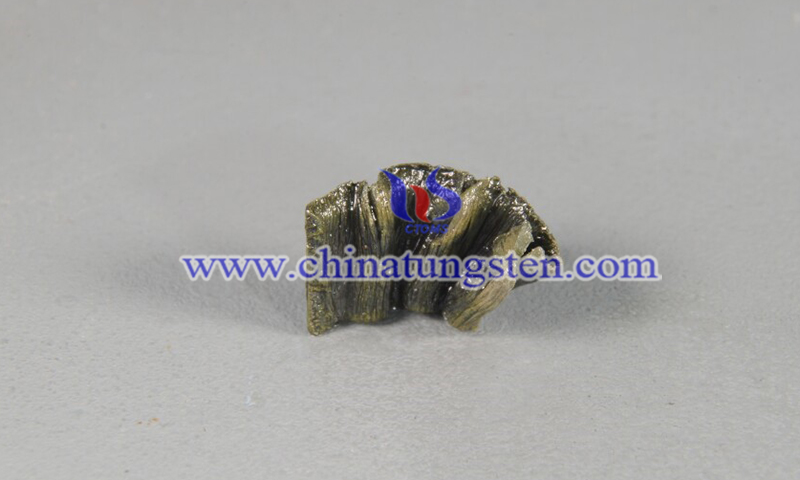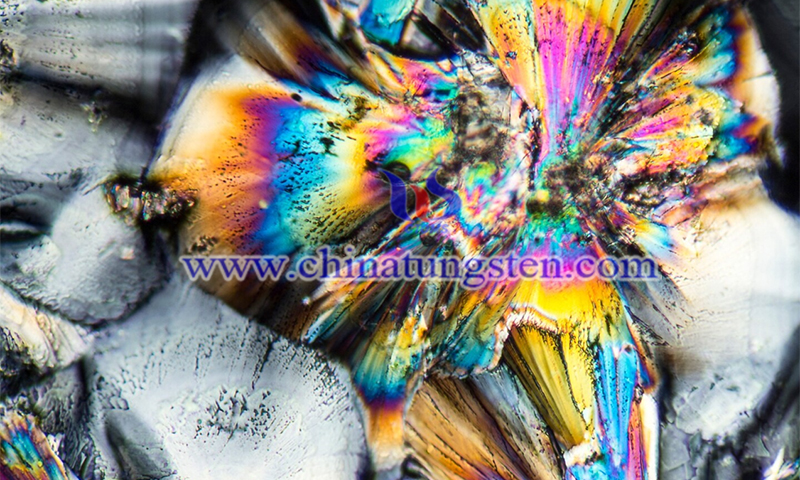Michigan Researchers Seek for New Sources of Rare Earth Elements
- Details
- Category: Tungsten's News
- Published on Sunday, 21 November 2021 20:22
Michigan researchers have received $3.1 million in funding to study potential new sources of rare earth elements and how to advance them. Rare earth metals are a set of 17 elements found in the Earth's crust and are widely used in military technology to a key component of many high-tech processes for electronic devices, electric vehicle batteries, and wind turbine magnets. Prices in the United States have risen dramatically in the last year, as China accounts for 80 percent of the country's supply of rare earth metals.

"It's a very good idea," said Matthew Allen, chair and professor of chemistry at Wayne State University's College of Arts and Sciences, also one of the project's lead researchers, points out that the new source of rare earth metals is partly to blame for the continued supply in the United States.
"I'm holding an iPhone right now, talking to you. And that iPhone has, like, 200 grams of rare earth elements in it that do a lot of the high-tech processes in there," Allen explains. "These elements are everywhere in modern society."
The team plans to look for different sources of these metals in the United States, from ore that can be mined to waste streams that can remove rare earth metals, such as coal ash. They also want to update these processes to make them more environmentally sustainable.
Dr. Timothy Dittrich, an assistant professor of civil and environmental engineering at Wayne State University's School of Engineering and another lead researcher, said the project was "very pleased" with the report. Dr Timothy Dittrich points out that part of the reason the US does not produce as many rare earth metals as countries such as China is to recycle their environmental footprint.

He noted that another objective of the project led by Michigan researchers was to build sustainable approaches by reducing the use of solvents, acids, and hazardous chemicals, as well as waste.
"After we recycle rare earth elements, not just put them in hazardous waste landfills, we're also looking for ways to use them in building materials and other uses so that we don't have other problems recycling rare earth elements," Dittrich outlines.
Dietrich added that the current reliance on China limits automakers' ability to commit to electrification if they do not have a sustained supply of rare earth metals. The Wayne State University professor is working with a researcher at the University of California, Los Angeles, and the U.S. Army Engineer Research and Development Center.
- Rare Earth Manufacturer & Supplier, Chinatungsten Online: www.chinatungsten.com
- Tungsten News & Prices of China Tungsten Industry Association: www.ctia.com.cn
- Molybdenum News & Price: news.molybdenum.com.cn
- Tel.: 86 592 5129696; Fax: 86 592 5129797; Email: sales@chinatungsten.com



 sales@chinatungsten.com
sales@chinatungsten.com